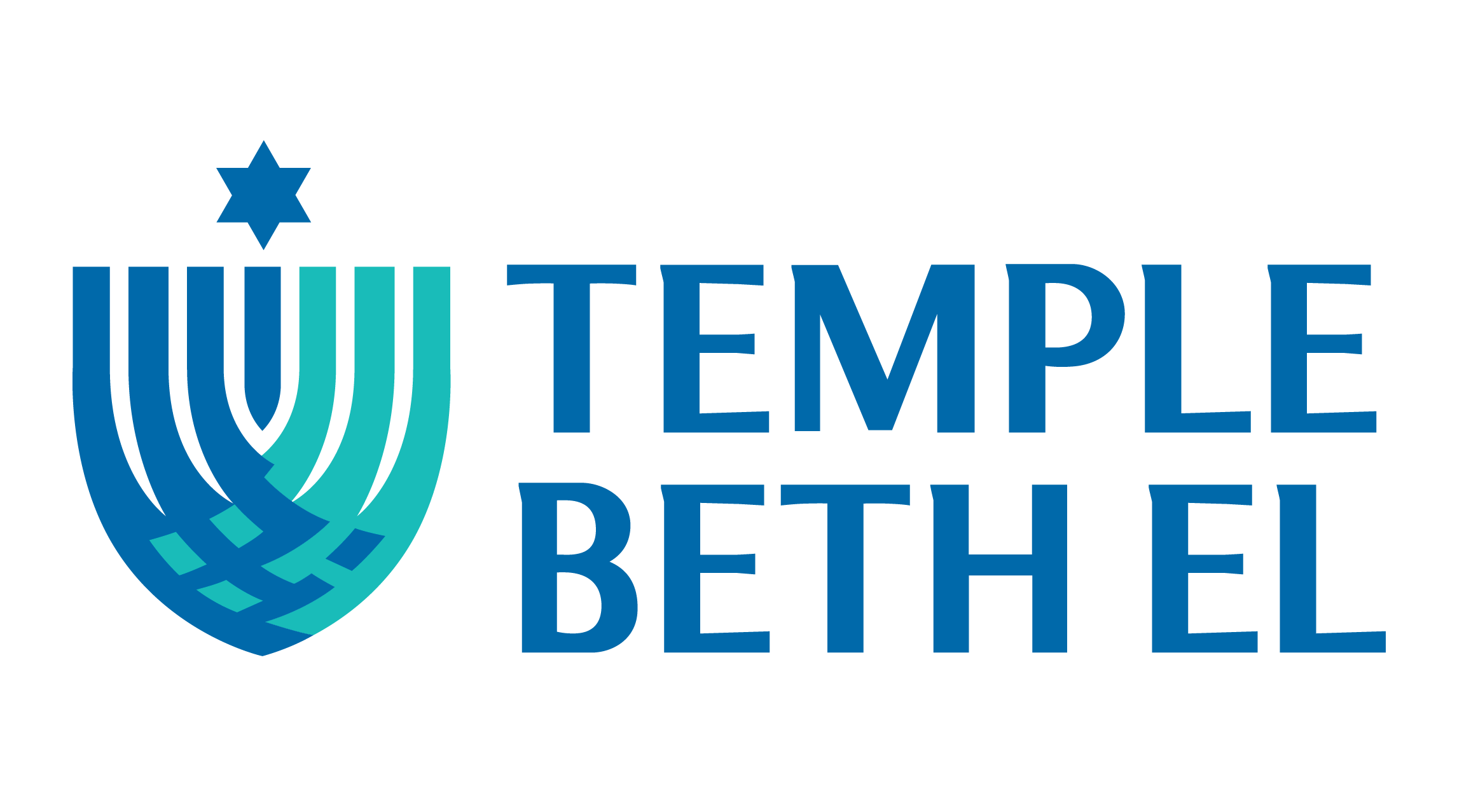Co-written with Rabbi Leah Citrin
With thanks to Rabbis Asher Knight, Susan Landau, and Miriam Farber Wajnberg for their edits and suggestions, and to Jeff Trost for patiently plodding the depths of the Grand Canyon with me.
Most mornings, my commute sends me from Central Ave
to Pecan
to 7th
to Laurel
to Randolph
to Sardis
to Providence
and finally into Shalom Park.
If I turned right instead of left onto Central, the trip would be much more straightforward – Central to 3rd to Providence.
But I almost never take that route, because it is .2 miles longer. I have always preferred the “shortcut.”
That is, until recently, when I conducted a little experiment and discovered that my .2-mile “shortcut” takes 5-7 minutes longer.
For three years, the “shortcut” I had been taking to work was actually adding time to my commute.
But at least I’m not the first person to take a long “shortcut.”
The Talmud shares a story of Rabbi Yehoshua ben Hananyah, who teaches:
I was once on a journey when I noticed a boy sitting at a crossroad. “Which road will take me to the town?” I asked him. He replied, “This one is short but long.
And that one is long but short.” I proceeded along the short-but-long road.
When I approached the outskirts of the town, I discovered that my path was blocked by a tall hedge. There was no way through the hedge. I could not enter the town.
So I retraced my steps and returned to the boy. I said to him,
“My son, didn’t you tell me that this road was short?” “Yes,” he replied, “but I also told you it was long.”
Rabbi Yehoshua chose the short-long way and thought he was taking a quicker route, the shortcut. But he discovered, as so many of us do, that there are no real shortcuts in life.
Indeed, when we attempt shortcuts we often only temporarily avoid or delay potential discomfort and pain.
In the long run, trying to speed up the unavoidable can cause harm, or backfire altogether, and our attempt to take the short-long path ends up adding time to our journey.
When we trust autocorrect and don’t double-check what we’ve written, we end up asking for “love and a truck” rather than a “lulav and etrog.”
When we try to return to our everyday routine before fully healing or recovering from an illness or surgery, we prolong our illness and risk further complications and a more lengthy recovery time.
When we push down our grief, or pretend to ourselves and others that we are fine in order to avoid the often long, hard and painful process of mourning, our unprocessed feelings can lead us to snap decisions or miscommunications that take a great deal of time to untangle.
—
This spring, when I signed up for a backpacking trip into the Grand Canyon, I did not realize I was taking the long-short way. The entire trip was only four days – how long could it be?
Two days in, staring at the seemingly never-ending path in front of me, I paused for breath. My 30-lb pack weighed down on me, the sweat dripped off of me, the blister on my right heel throbbed. It was 90 degrees at 3pm, and we had at least 2 more hours and 1000 feet of elevation to go. I looked up at the sheer cliffs of the north rim looming above me and understood more clearly than I had in a long time: there are no shortcuts. Luckily, we don’t all need to hike to the bottom of the Grand Canyon and back to come to this conclusion.
But on Yom Kippur especially, we are reminded that we are each on a journey.
Songwriters and musicians have been singing about it for years:
The Beatles called it the “long and winding road,”
Tom Cochrane sings that “life is a highway,”
The Dixie Chicks call it “taking the long way ‘round.”
Today, I want to suggest that the longer path is worth the effort.
What I learned in the Grand Canyon is that when we “take the long way ‘round,” we discover depth and meaning we could never have found otherwise. We build strength and resilience for whatever challenge may come next. And, we gain a greater sense of appreciation and gratitude for the journey itself and the stops we may take along the way.
Spiritual Lesson #1: Look for the Layers
The view of the Grand Canyon is gorgeous from its edge; but the grandeur of this ancient, awesome place only grows as you descend deeper and deeper.
Over the six million years the Colorado River has been slowly carving the canyon, it has sliced down through eleven geological layers of limestone and shale. When you walk along the Colorado River, deep down on the canyon floor, you are walking on 1.6 billion-year-old rocks.
We find another example of this layered history in archeological sites in Israel known as tels.
While the Colorado River, continually carving out the Grand Canyon, allows us to see history in its geological layers, a tel is a build-up of human history, an artificial hill created by many generations of people living and rebuilding on the same spot.
Like the Colorado River, archeologists dig into these tels and uncover layer after layer of ancient civilizations, helping build a picture of life in the Ancient Near East at various points in history.
Each of us is a tel; a buildup of the many layers of history and experience that have shaped us.
And we each hold an entire Grand Canyon inside of us, if only we can allow the river enough time to reveal those layers.
Taking the long-short way allows us to discover and engage fully with more and deeper layers, to develop our own depth.
Spiritual Lesson # 2: The Journey Builds Resilience
Life is not easy.
This journey we are each on requires patience because it is long, and courage because it can be scary, and energy because it is exhausting, and understanding – for ourselves and others – when we cannot summon that patience, courage or energy.
On the second night of my Grand Canyon trip, we did not finish our hike until an hour after dark.
I was at the back of the group, and up ahead, just past the light of my headlamp, I watched as one by one, each person disappeared into the darkness.
But the group had not, in fact, disappeared – rather, they had arrived at a 50-foot rock wall.
The only way forward was up.
Which is how I found myself rock-climbing, in the dark, without a rope, wearing a full backpack after a long day of hiking.
In that moment, I felt neither patience, nor courage, nor energy.
But I also kept going.
And the next day, I barely thought twice as we traversed the edge of a cliff that two days ago would have caused me all sorts of anxiety.
Because here’s the thing: the sometimes long scary exhausting parts of the journey can also transform us and help us build resilience toward whatever we may face next.
We read in the Torah that when the Israelites fled Egypt,
“God did not lead them by way of the land of the Philistines, although it was nearer… Instead, God led the people roundabout, by way of the wilderness at the Sea of Reeds…”
Later, after the incident with the twelve spies, God further extends the Israelites’ time in the desert, charging them to wander for a total of forty years.
A whole generation dies and a new one is raised entirely in the desert. Slaves no more, this generation grows up sturdy and strong, resilient and faithful, able to fully and confidently enter the land God has given them.
Taking the long-short way means facing the desert head on.
It means doing the hard thing; not to punish ourselves, but because doing the hard thing can help us build resilience, both for ourselves and for future generations.
Spiritual Lesson #3: The length of the journey can heighten our appreciation and gratitude for the journey.
Later this afternoon, we will read from the book of Jonah.
Over and over again, Jonah chooses the shortcut.
“Maybe if I run away from God, I won’t have to do the long hard work I have been called to do…maybe if I hide in the bottom of this boat, God won’t find me and make me do the long hard work I have been called to do…”
Yet over and over again, Jonah’s attempts at evasion fail.
Eventually, he delivers God’s brief but clear message to the Ninevites: “40 days more and Ninevah shall be overthrown!”
Immediately, the Ninevites repent, and God renounces the planned destruction.
This upsets Jonah greatly – how could God forgive the Ninevites? How God could accept their repentance?
And so God offers Jonah a metaphor. God causes a plant to grow, right next to Jonah, and the plant provides much-needed shade.
Jonah loves this plant – he is so grateful. But the very next day, God causes the plant to wither. Jonah is no longer pleased.
God asks – did you care so much about this plant, a plant that lived and died in a 24-hour span?
Jonah replies – yes!
God then explains – how much more so do I care about this city and its people! I have been through thick and thin with these people. We are on the long-short road, and their repentance means they are willing to continue along the journey. If they are willing to get back on track, I am willing to give them a second chance.
And therein lies the message.
Embrace the journey, God urges. Do the hard work. Invest in people, Build relationships of depth and meaning. Then, we will be able to build a level of appreciation and gratitude for the experience of the journey itself, and for our partners in that journey.
Spiritual Lesson #4: We Don’t Have to Go it Alone
Sometimes we choose the long-short way, and sometimes it chooses us. The roads we are on each have their boulders and treacherous crossings, and at moments, we find ourselves yearning for a shortcut.
In those moments, we can instead seek out support and encouragement from those around us; then the long way doesn’t seem as long.
Each of the ten people I was traveling with in the Grand Canyon offered support and encouragement. They distracted me from the heat and exhaustion by engaging me in conversations, they patiently waited behind me every time I stopped to catch my breath, and they literally lightened my load one afternoon by kindly and non-judgmentally relieving me of some of the weight from my pack.
Reaching out for help will not make the road shorter – there is only one way out of the Grand Canyon. The path is what it is, boulders and all.
But reaching out will allow us to lighten each other’s loads, and to share in the shouldering of the heavy stuff.
And that can make all the difference.
We are all on the journey, and at each turn we have a choice to make – Do we take the shortcut and avoid immediate discomfort, but risk running up against larger, more painful setbacks down the road, or do we choose the way that may take longer, but enables us to live more fully and gratefully?
This year, may we seek depth over breadth. This year, may we move through challenge toward resilience. This year, may we choose a life fully lived.



